When is it best to repot a Philodendron birkin?
While most houseplants grow relatively slowly from seed, Philodendron birkin grows rapidly, which may leave you to wonder soon whether it’s time for repotting.
Your Philodendron birkin plant may still be young, but it’s growing so quickly that it may be time to invest in a bigger pot.
But when to Repot Philodendron birkin?
Fortunately, you’ve come to the right place to learn everything you need to know about Philodendron birkin — including when to repot it.
Table of Contents
When to Repot Philodendron birkin
Generally, Philodendron birkin should be reported every two years, but it’s usually best to repot it annually. Although Philodendron birkin grows very fast, it should only be repotted when needed or if it’s showing signs of becoming root-bound, like slow growth and yellowed leaves.
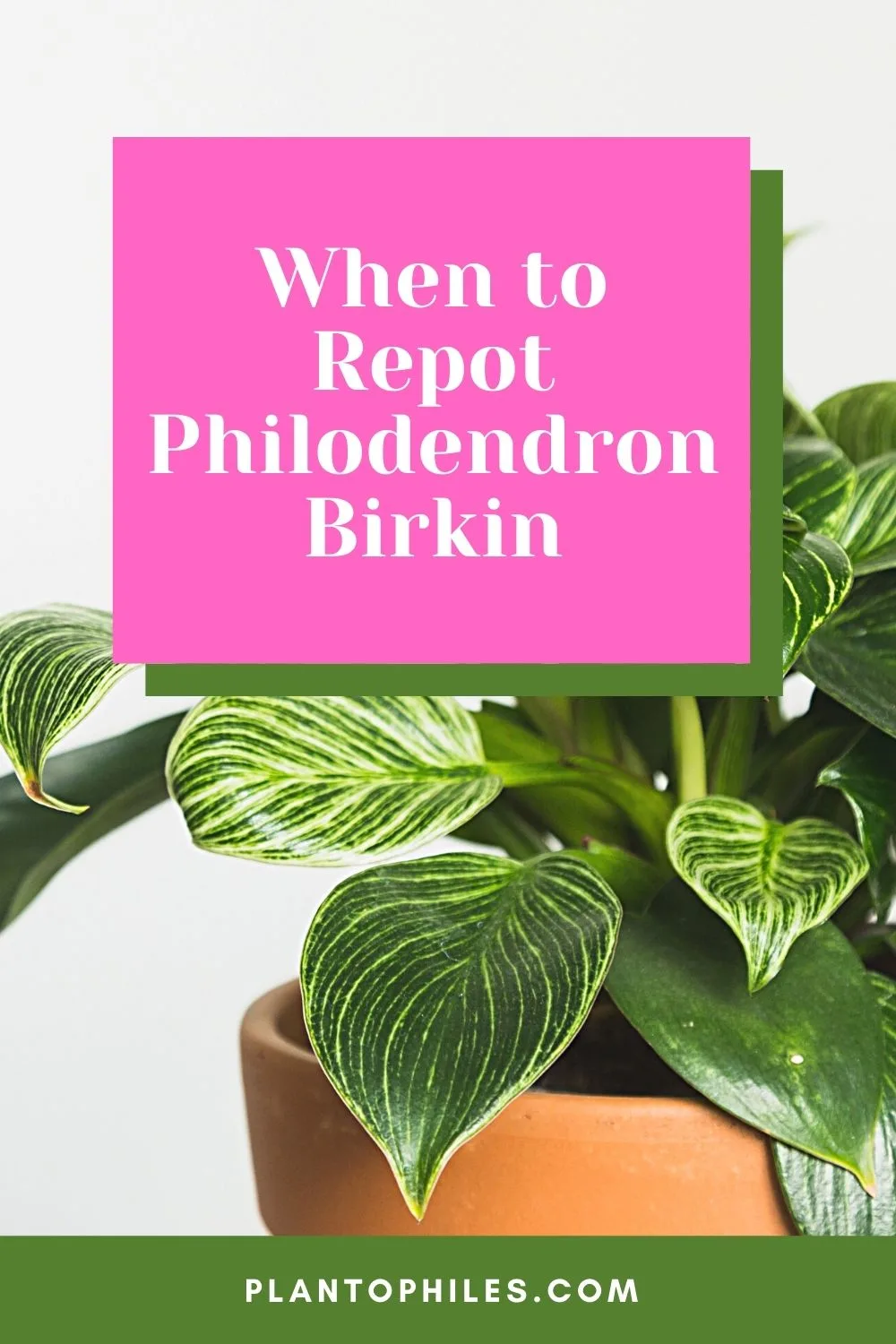
Philodendron birkin Should be Repotted Every One to Two Years
Even though Philodendron birkin is a fast-growing houseplant, it doesn’t need to be repotted nearly as often as many other houseplants.
That said, Philodendron birkin does not like to be root bound. Hence, don’t use the same pot for the plant for more than 2 years.
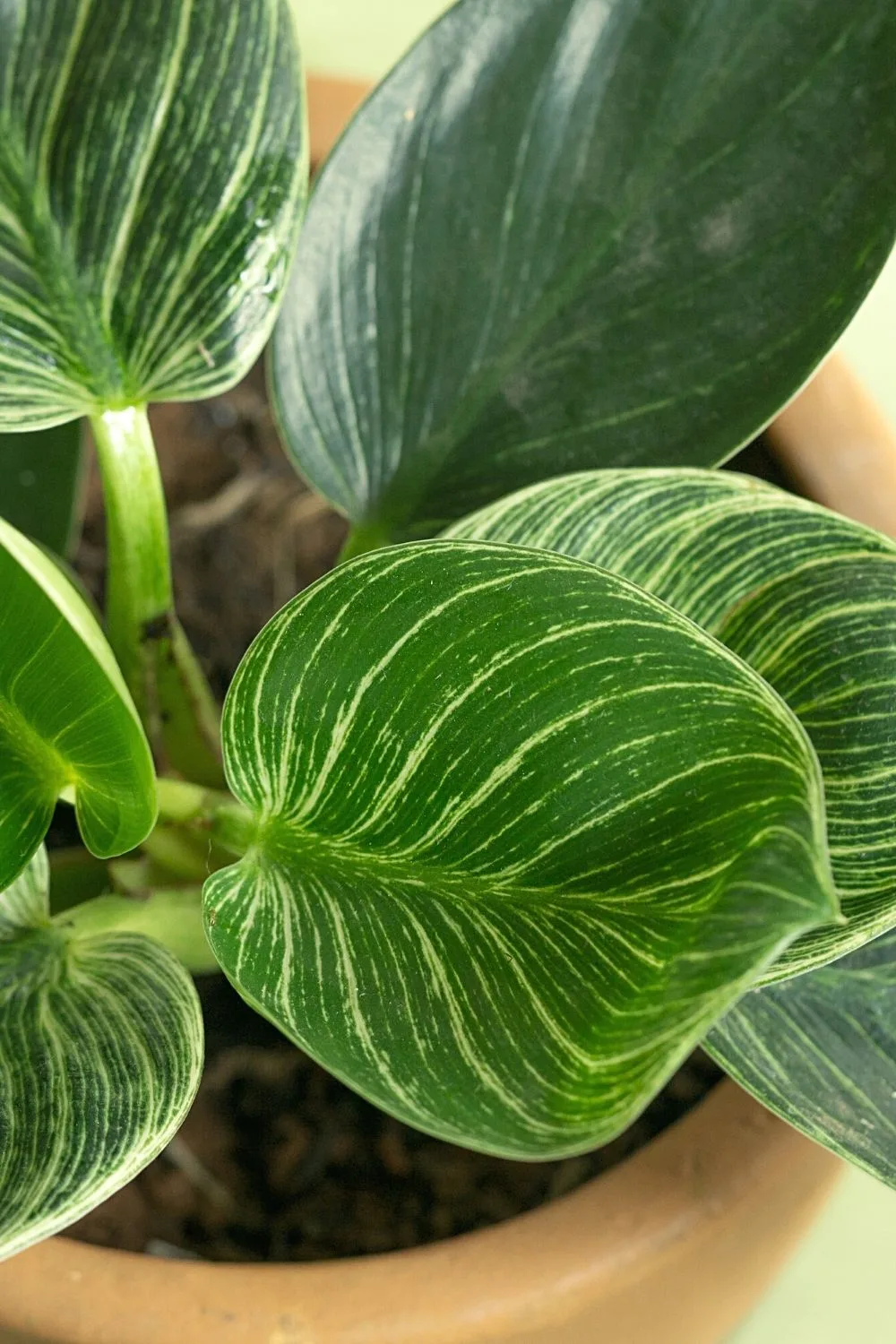
While repotting every two years is usually sufficient for Philodendron birkin, this isn’t always the case, and it’s best to play it safe, especially when dealing with such a rare and beautiful plant.
Ideally, Philodendron birkin should be repotted every year.
Spring is the best season for repotting Philodendron birkin as the plant will experience its most rapid growth.
Philodendron birkin typically reaches a maximum height of three feet. However, it would be best if you periodically repot your plant, even after it’s fully grown, to prevent it from becoming root-bound.
Factors that Affect the Frequency of Repotting Philodendron birkin
Occasionally, a Philodendron birkin plant will increase so that it must be repotted after a single growing season!
The growth rate of your Philodendron birkin plant is the biggest factor in how often it will need to be repotted.
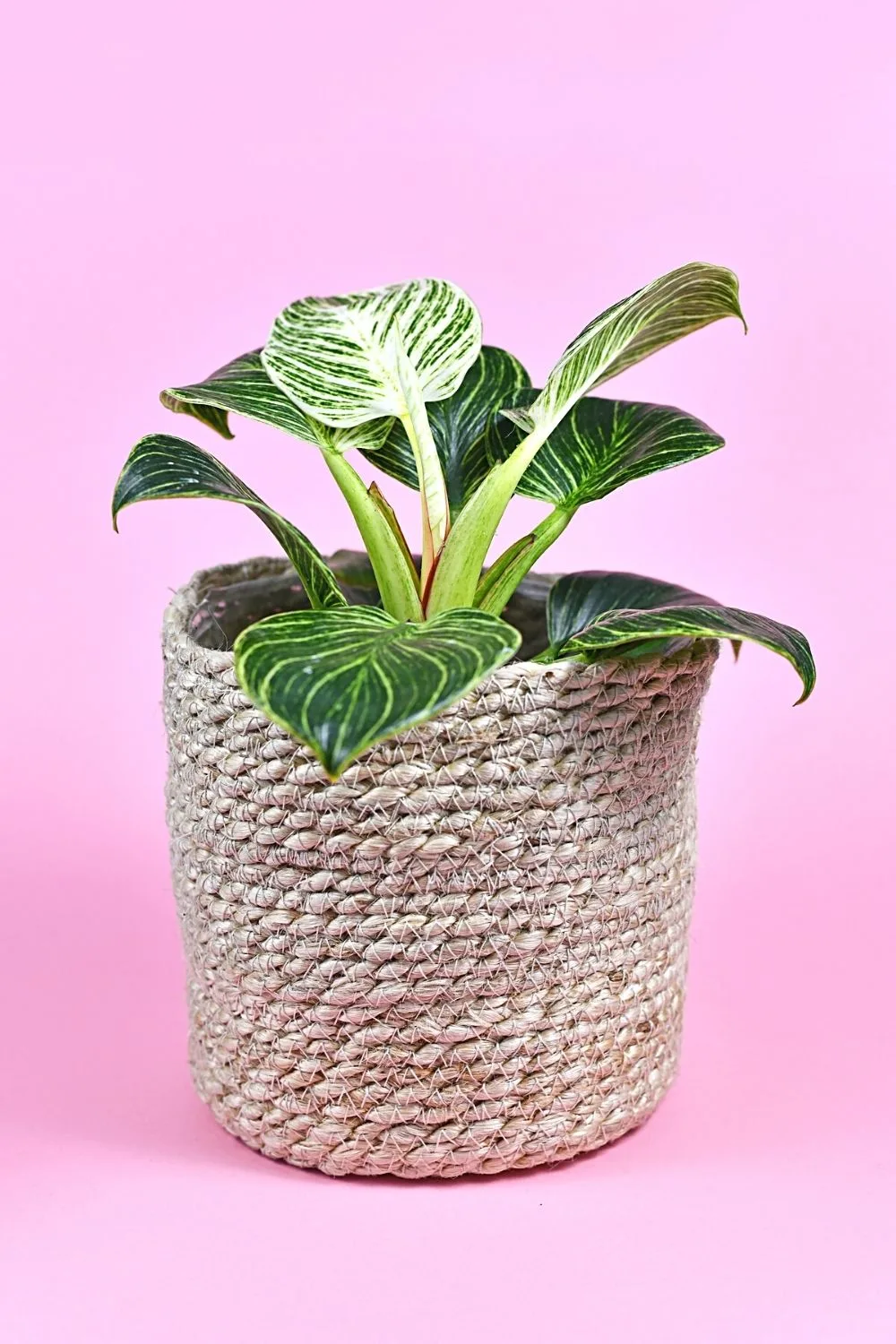
Philodendron birkins grow best in humid conditions and partial sunlight.
While you probably wouldn’t want your home’s temperature to resemble the sweltering Florida humidity, you can place your plant near a window or outdoors in partial shade to encourage growth.
On the other hand, pots that are too large, cooler temperatures, inadequate sunlight, and poorly draining soil can inhibit the growth rate of your Philodendron birkin plant.
While you wouldn’t need to repot the plant as often, these growing conditions could eventually cause the plant to die.
Signs that your Philodendron birkin Plant Needs Repotting
Examining the roots is the best way to tell whether it’s time to repot your Philodendron birkin plant.
If the roots have expanded to the point that they are growing through the bottom of the pot, then it’s due time for repotting.
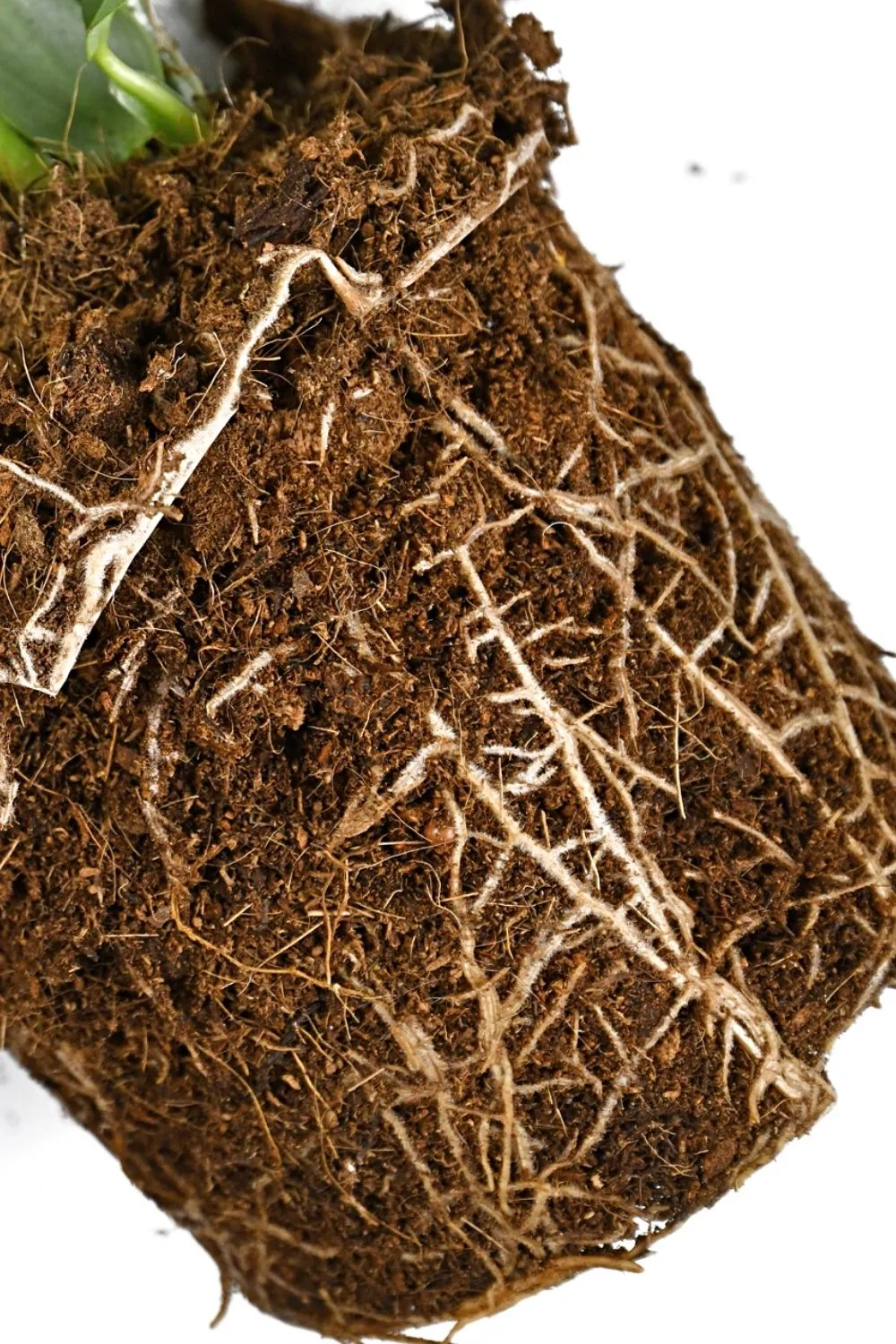
Additionally, slowed growth and yellowed leaves on your Philodendron birkin indicate that it may be time to repot it.
However, these signs could also mean your Philodendron birkin isn’t receiving the sunlight it needs.
While you could always keep an eye on your plant and wait until you notice these signs before investing in a larger pot, it’s still best to go ahead with repotting your plant annually.
Just remember that rapid growth could mean an increased need for repotting, so it’s still good to be aware of these signs.
How to Repot Philodendron birkin
To repot Philodendron birkin, carefully remove the plant from its pot and examine the roots to ensure they are healthy and aren’t starting to turn brown or mushy.
Then you should place the plant in a pot two inches larger than the current pot.
Philodendron birkin doesn’t require any specialized soil. It’ll work fine as long as the soil is fast draining with a light texture.
When repotting Philodendron birkin, you should press the soil firmly around the plant, then fertilize and lightly water it to support growth.
Since Philodendron birkin thrives in humid conditions, it should always be placed near other plants where the air naturally contains more moisture.
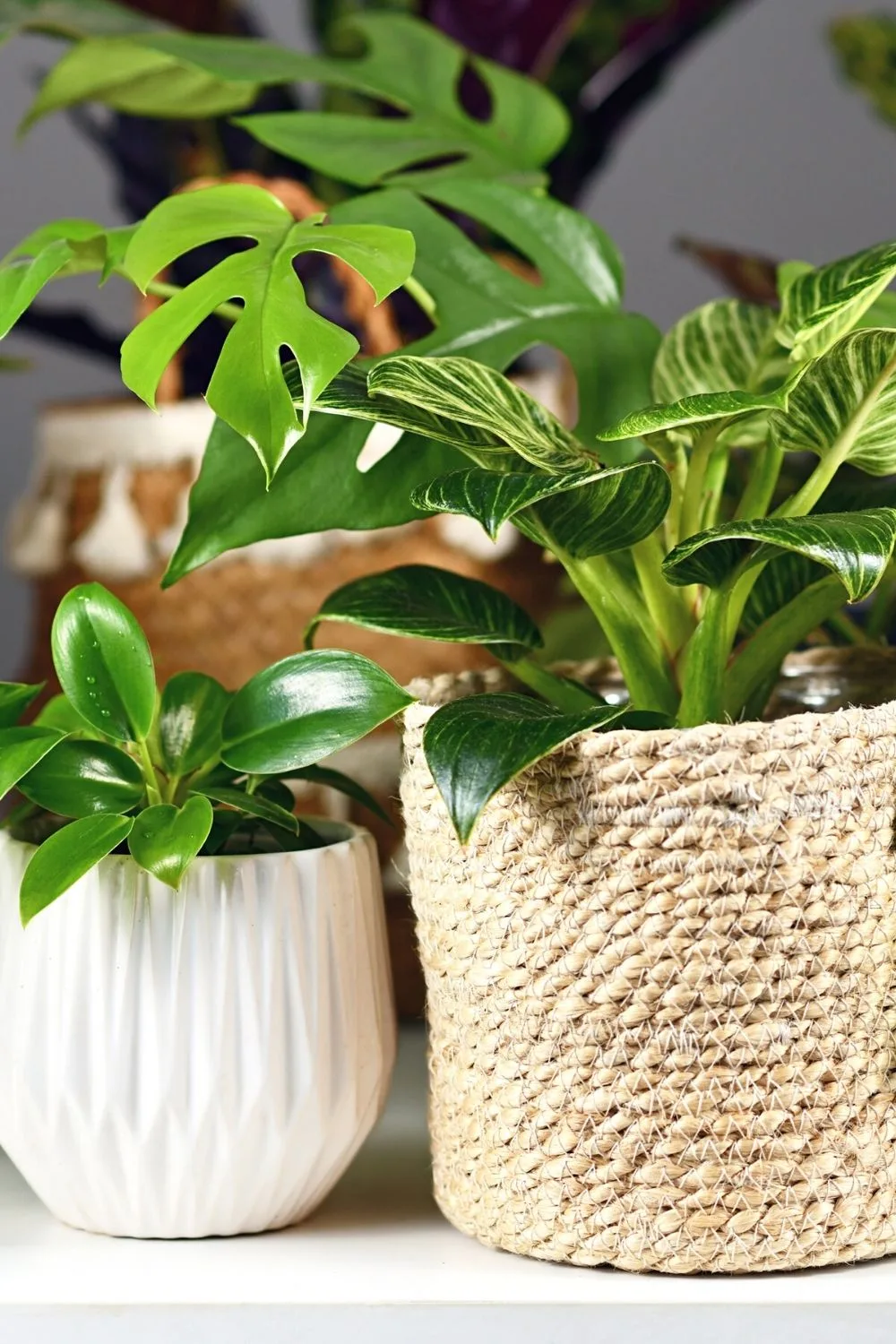
You can split the plant into two separate plants when repotting if you choose to do so.
Always keep your Philodendron birkin plant in partial sunlight, as it needs this for continued growth.
While this plant naturally grows in warmer climates, too much direct sunlight could harm your plant.
Read more about how to repot Philodendron birkin.
Frequently Asked Questions
Does Philodendron birkin like to be root bound?
Philodendron birkin does not like being root bound, so you should check your plants’ roots annually. If you notice that the roots are starting to grow outside the bottom of the pot, then it’s time for you to repot your Philodendron birkin plant.
Is it safe to water my Philodendron birkin after repotting it?
It’s a good idea to water your Philodendron birkin plant when repotting it. Give the plant a fair amount of water, but avoid overwatering it. The water will prevent the roots from dying while the plant is being transferred to its new pot.
Is Philodendron birkin an indoor plant?
Philodendron birkin is known for its large, beautiful leaves and naturally grows outside in humid, subtropical climates. However, Philodendron birkin has increased in popularity as an indoor houseplant.
Afterword: When to Repot Philodendron birkin
As soon as you notice how fast Philodendron birkin grows, you may understandably become concerned about frequent repotting.
While Philodendron birkin proliferates and is relatively tall for a houseplant, it probably comes as a relief to learn that it doesn’t need to be repotted often.
So, now you can relax and enjoy the beauty of one of the best indoor houseplants with one less concern.

Daniel has been a plant enthusiast for over 20 years. He owns hundreds of houseplants and prepares for the chili growing seasons yearly with great anticipation. His favorite plants are plant species in the Araceae family, such as Monstera, Philodendron, and Anthurium. He also loves gardening and is growing hot peppers, tomatoes, and many more vegetables.


